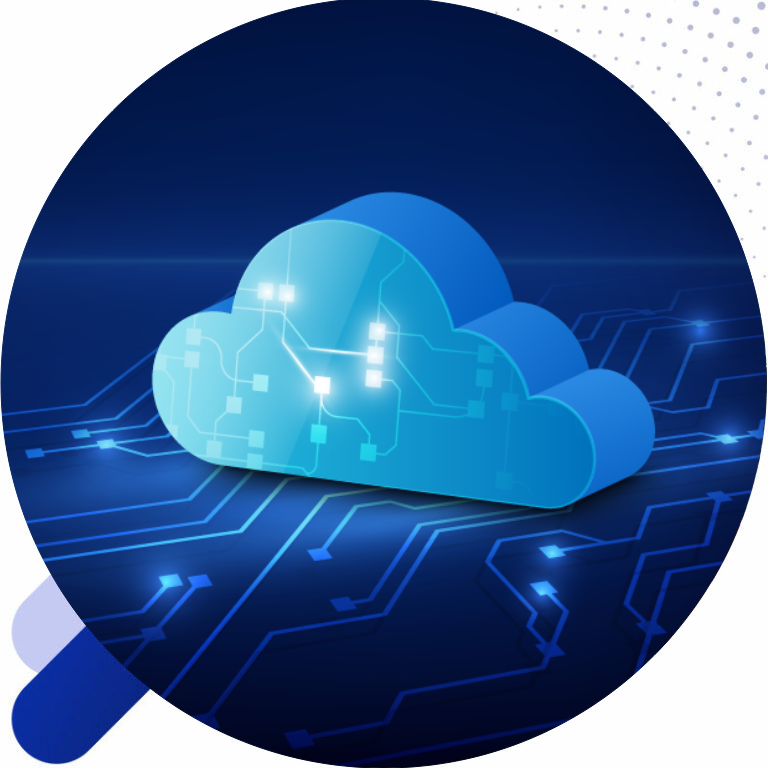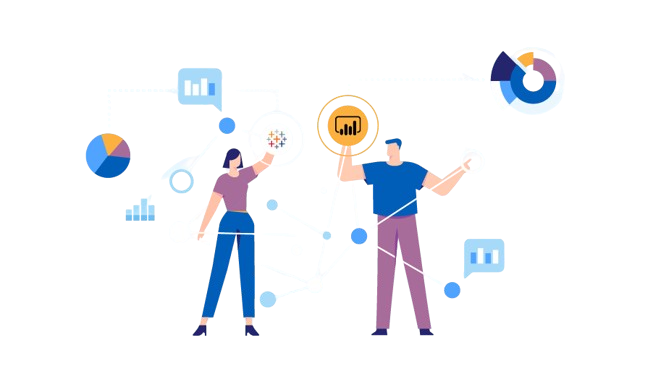Cloud Analytics: Unleashing the Power of Data in the Digital Age
In today's digital era, data is often regarded as the new oil—an invaluable resource that fuels innovation, drives decision-making, and fosters competitive advantage. However, the sheer volume, variety, and velocity of data generated by modern organizations pose significant challenges. This is where Cloud Analytics comes into play, offering a transformative approach to harnessing data's full potential. Cloud Analytics refers to the use of cloud computing technologies to perform data analytics at scale, enabling organizations to gain actionable insights from their data with greater efficiency, flexibility, and cost-effectiveness. This essay delves into the intricacies of Cloud Analytics, exploring its key components, benefits, challenges, and the future it promises for businesses and society at large.

Understanding Cloud Analytics
Cloud analytics refers to the use of cloud computing technologies to conduct data analytics. It encompasses a broad spectrum of analytical tools and services delivered via the cloud, allowing both individuals and organizations to efficiently store, process, and analyze data without the need for extensive on-premises infrastructure. Organizations leverage cloud analytics to gain insights from structured and unstructured data, streamline reporting processes, and aid in the decision-making journey.
Key Components of Cloud Analytics

Data Storage: Cloud analytics solutions typically provide scalable data storage facilities such as data lakes and warehouses. These repositories enable organizations to store vast amounts of data securely and access it as needed.
Data Processing: Advanced processing capabilities, including batch and real-time processing, allow organizations to analyze large datasets swiftly. Tools such as Apache Spark, AWS Lambda, and Google Cloud Dataflow offer robust frameworks for data manipulation.
Analytics Tools: Cloud providers offer an array of analytics services, including business intelligence (BI) tools, data visualization software, machine learning platforms, and AI-driven analytics. These tools empower users to extract meaningful insights from raw data.
Collaboration and Accessibility: Cloud analytics platforms often come with built-in collaboration features, enabling multiple users to access data insights from anywhere at any time. This enhances teamwork and speeds up the decision-making process.
Benefits of Cloud Analytics
The adoption of Cloud Analytics offers numerous benefits that can significantly enhance an organization’s ability to compete in the modern business landscape. These benefits include:
Scalability
One of the most significant advantages of Cloud Analytics is its scalability. Organizations can easily scale their analytics infrastructure to handle growing data volumes or increased demand for insights. Cloud providers offer virtually unlimited storage and computing resources, enabling organizations to expand their analytics capabilities without the need for significant capital investment.
Cost Efficiency
Cloud Analytics operates on a pay-as-you-go model, allowing organizations to pay only for the resources they use. This model eliminates the need for costly on-premises infrastructure and reduces the total cost of ownership (TCO). Additionally, cloud providers often offer tiered pricing models, enabling organizations to choose the most cost-effective option based on their specific needs.
Speed and Agility
Cloud Analytics accelerates the analytics process by providing on-demand access to computing resources. This agility allows organizations to quickly adapt to changing business conditions, experiment with new analytics approaches, and rapidly deploy insights to drive decision-making. Real-time data processing capabilities further enhance speed, enabling organizations to respond to emerging trends and opportunities in near real-time.
Collaboration and Accessibility
Cloud-based analytics platforms facilitate collaboration by providing centralized access to data and analytics tools. Teams across different locations can work together on the same data sets, share insights, and make collective decisions. Furthermore, cloud platforms offer accessibility from any device with an internet connection, enabling users to access analytics tools and data from anywhere, at any time.
Security and Compliance
While security has historically been a concern for cloud adoption, modern cloud platforms offer robust security measures to protect data. These measures include encryption, identity and access management (IAM), and continuous monitoring. Cloud providers also offer compliance certifications for various industry standards, such as GDPR, HIPAA, and SOC 2, ensuring that organizations can meet regulatory requirements.
Enhanced Collaboration
Cloud-based analytics platforms facilitate team collaboration by providing shared access to data and insights. Teams can work together to analyze data in real time, irrespective of their geographical locations, fostering a culture of collaboration and innovation.
Challenges of Cloud Analytics
Despite its many benefits, Cloud Analytics is not without challenges. Organizations must carefully navigate these challenges to fully realize the potential of cloud-based analytics. Key challenges include:
Data Privacy and Security
While cloud providers offer robust security measures, the responsibility for data security is shared between the provider and the customer. Organizations must implement strong data governance practices, including data encryption, access controls, and regular security audits, to protect sensitive information. Additionally, organizations must be mindful of data residency requirements, ensuring that data is stored and processed in compliance with local regulations.
Data Integration and Interoperability
Integrating data from disparate sources and ensuring interoperability between different cloud services can be complex. Organizations must invest in data integration tools and strategies to consolidate data into a unified view. Additionally, they must ensure that their cloud analytics solutions can seamlessly interact with other enterprise systems, such as CRM, ERP, and SCM, to provide a holistic view of the business.
Cost Management
While the pay-as-you-go model offers cost efficiency, it can also lead to unexpected expenses if not carefully managed. Organizations must monitor their cloud usage and implement cost management practices, such as setting spending limits, optimizing resource usage, and leveraging cost-saving features like reserved instances.
The Future of Cloud Analytics
The future of Cloud Analytics is bright, with several emerging trends set to shape the landscape in the coming years. One such trend is the increasing adoption of multi-cloud and hybrid-cloud strategies, where organizations leverage the strengths of multiple cloud providers to optimize performance, cost, and resilience. This approach allows organizations to avoid vendor lock-in and tailor their cloud environment to meet specific business needs.
Another significant trend is the integration of AI and machine learning into cloud analytics platforms. As AI and machine learning technologies continue to advance, cloud providers are increasingly offering pre-built models and automated machine learning (AutoML) tools that simplify the process of building and deploying AI-driven analytics. This democratization of AI will enable organizations of all sizes to leverage advanced analytics without requiring specialized expertise.
Speak With Expert Engineers.
Contact us by filling in your details, and we’ll get back to you within 24 hours with more information on our next steps

Please fill out the contact form

Call Us
United Kingdom: +44 20 4574 9617

UK Offices
Business Address: 70 White Lion Street, London, N1 9PP
Registered Address: 251 Gray's Inn Road, London, WC1X 8QT
Schedule Appointment
We here to help you 24/7 with experts

